Lead Sled Was Not McDonnell’s Favorite Moniker for Their First Swept Wing Fighter
As Tim the Tool Man Taylor might quip, this thing would be better with more power. McDonnell’s F3H Demon fighter jet was intended to replace the previous F2H Banshee, which was a replacement for the McDonnell FH Phantom. The F4H Phantom II was the next and last McDonnell design before the merger with Douglas and drew heavily on the Demon’s design. We all know how that turned out! The Demon was developed in the days of inadequate jet engine thrust, and it paid the ultimate price for the timing of its development. The Demon was in service with the United States Navy for only eight years, between 1956 and 1964. To understand the Demon, one must go all the way back to 1949.

Engine Tech Lagged Behind the Aerodynamics of the Day
Ironically the Demon’s primary competition for a contract during development was the Douglas F4D Skyray. The Skyray (when powered by the Pratt & Whitney J57 engine) outperformed the Demon and was a delta winged design capable of Mach 1 speed in level flight. The Demon was the first McDonnell fighter design drawn with swept wings from its inception as opposed to being designed with straight wings and adapted for swept wings later. Like every aerospace contractor building jets for the military in those days, McDonnell just couldn’t find enough get up and go in the thrust department for the F3H.
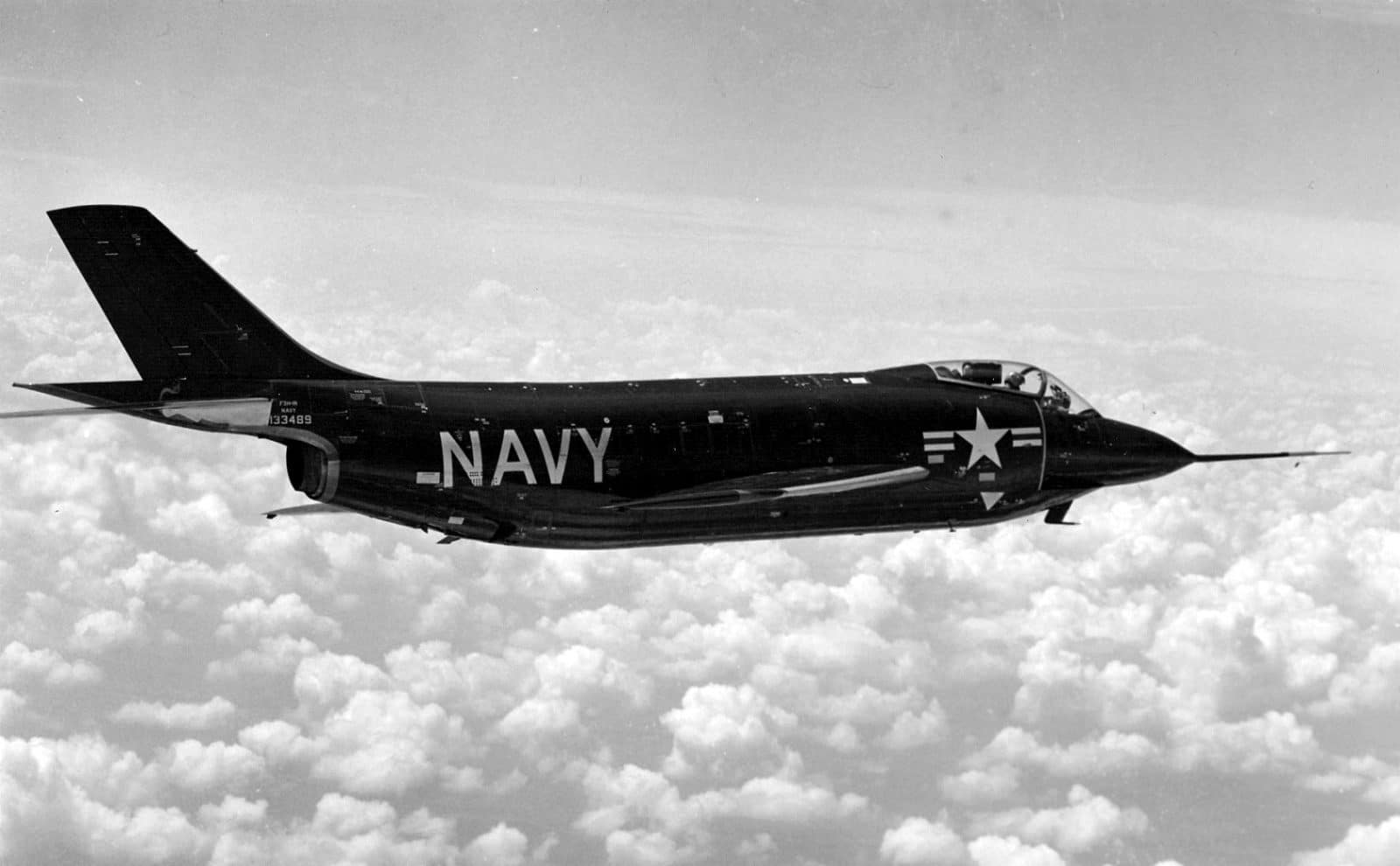
EEK! Not the Westinghouse J40!
Initially the Demon was powered by a single Westinghouse J40 engine. This was a design departure for McDonnell as all of their previous fighter products for the Navy were powered by twin engines. In single engine fighter designs that single engine must be powerful, reliable, and relatively economical. The J40 was none of those things. The J40 was the same engine Douglas tried to power their twin engine A3D Skywarrior for the Navy. Words like disastrous, abysmal, calamitous, dreadful, and unfortunately fatal have been used to describe the J40. The Skywarrior ended up with Pratt & Whitney J57 engines and went on to make history. The Demon…well, not so much.
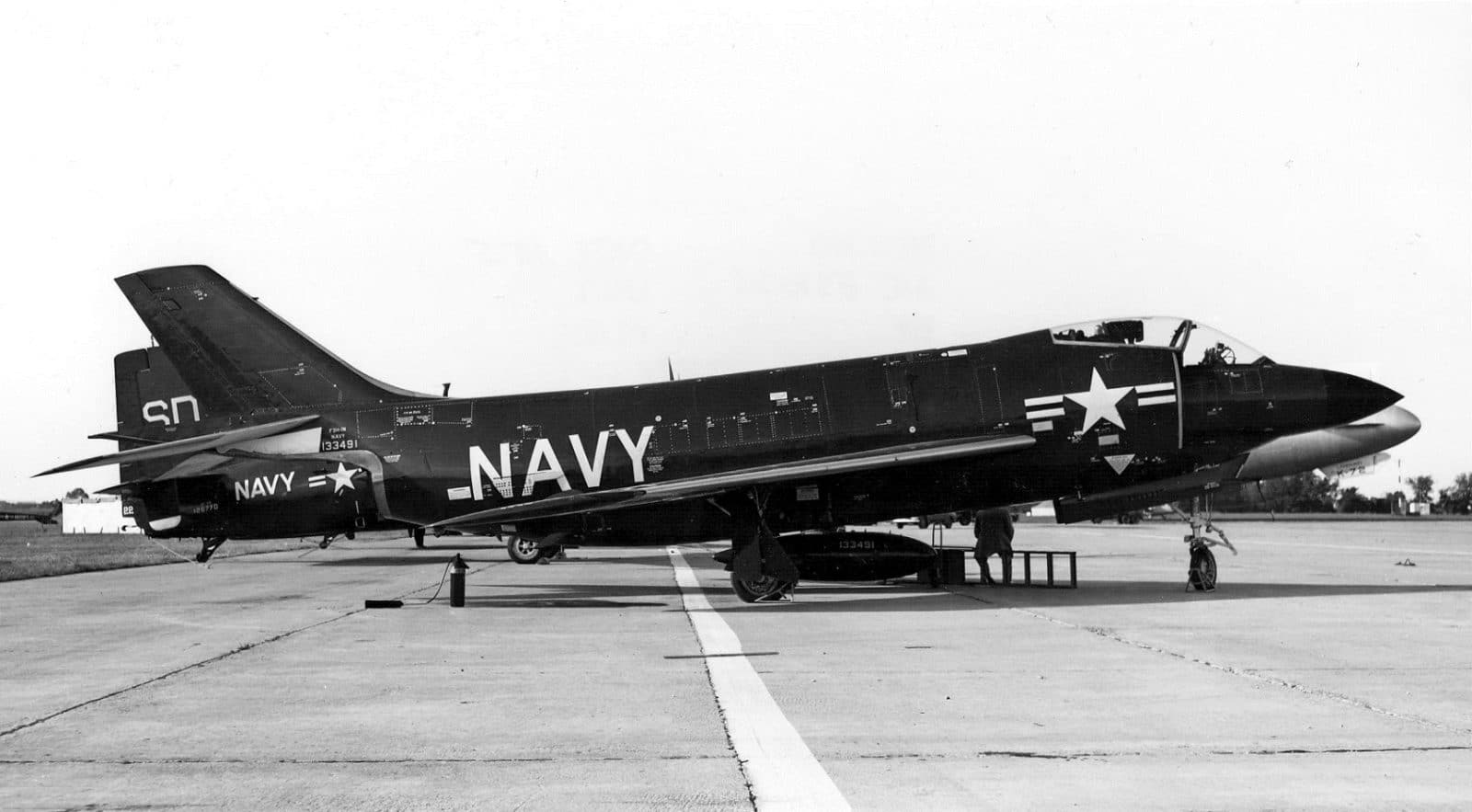
No Choice No Option
Douglas experienced a similar problem with the Skyray but overcame it by powering the F4D with the J57. The engine chosen to power the F3H was not entirely up to McDonnell. The Navy specified the J40 for the Demon. At the time, the Navy had nothing with which to counter the Mikoyan-Gurevich MiG-15. In fact the Navy was so concerned about the MiG-15 that they decided to award a contract for the F3H-1N even before the XF3H-1 flew for the first time- powered by a J40 engine, during August of 1951. The Navy went so far as to award a contract to Temco in Dallas to license build an additional 100 Demons. Operational Demons did not begin evaluation until January of 1953. And those evaluations were deadly.
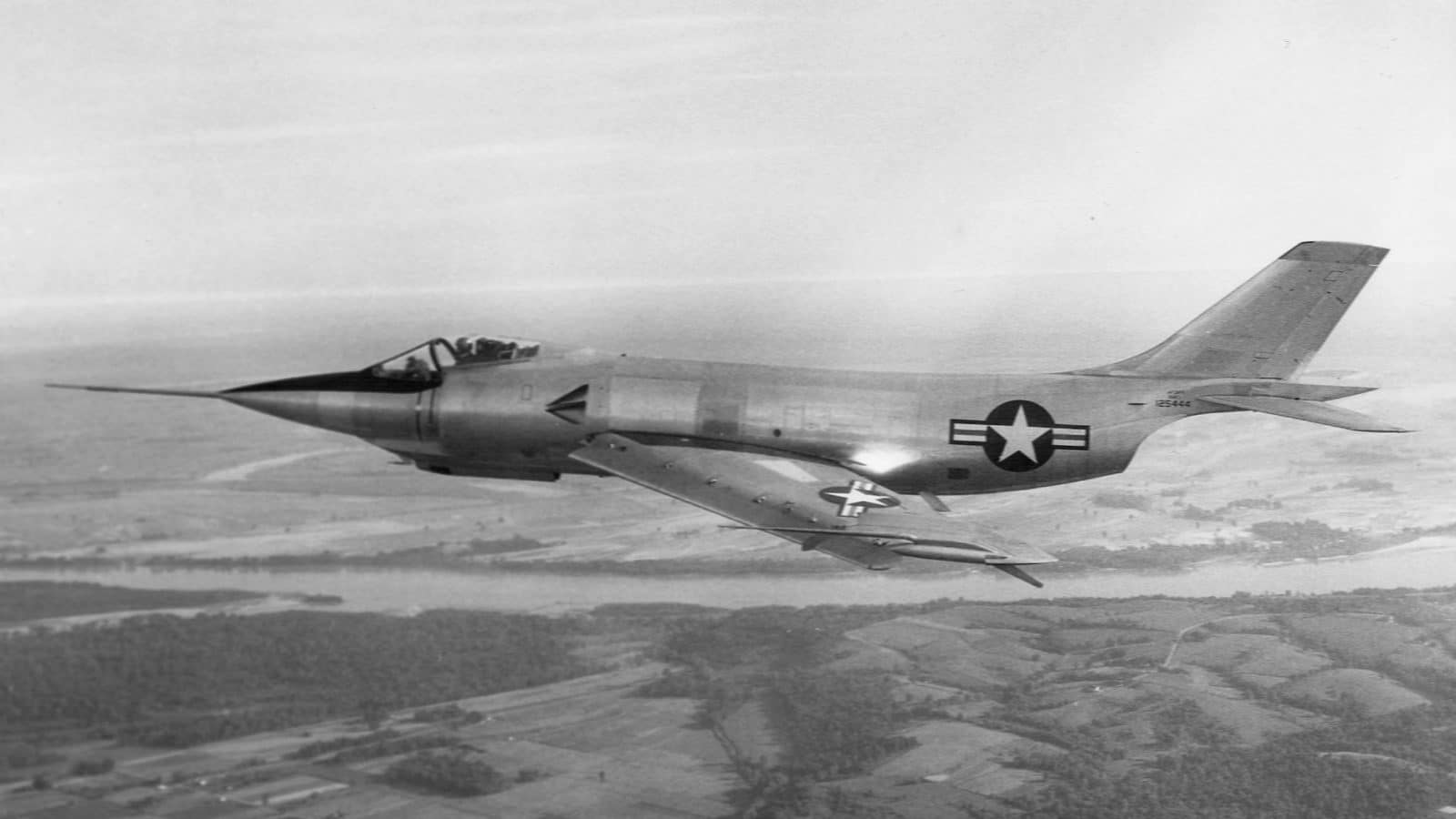
And…We’re (Finally) Grounded
Eight of the 60 early production F3H-1N aircraft powered by the J40 engine were involved in Class A (read really bad or total loss) mishaps. 25 of them never even got off the ground. The aircraft were grounded entirely when the tote board got to six aircraft totally destroyed and four pilots killed. The remaining F3H-1N Demon airframes were ingnominiously relegated to being taken apart and put back together at technical training schools for airframe mechanics and other maintainers. A proposed F3H-1P photo reconnaissance variant, also to be powered by the J40 engine, was cancelled outright. Finally and mercifully in 1955 the J40 program was discontinued.
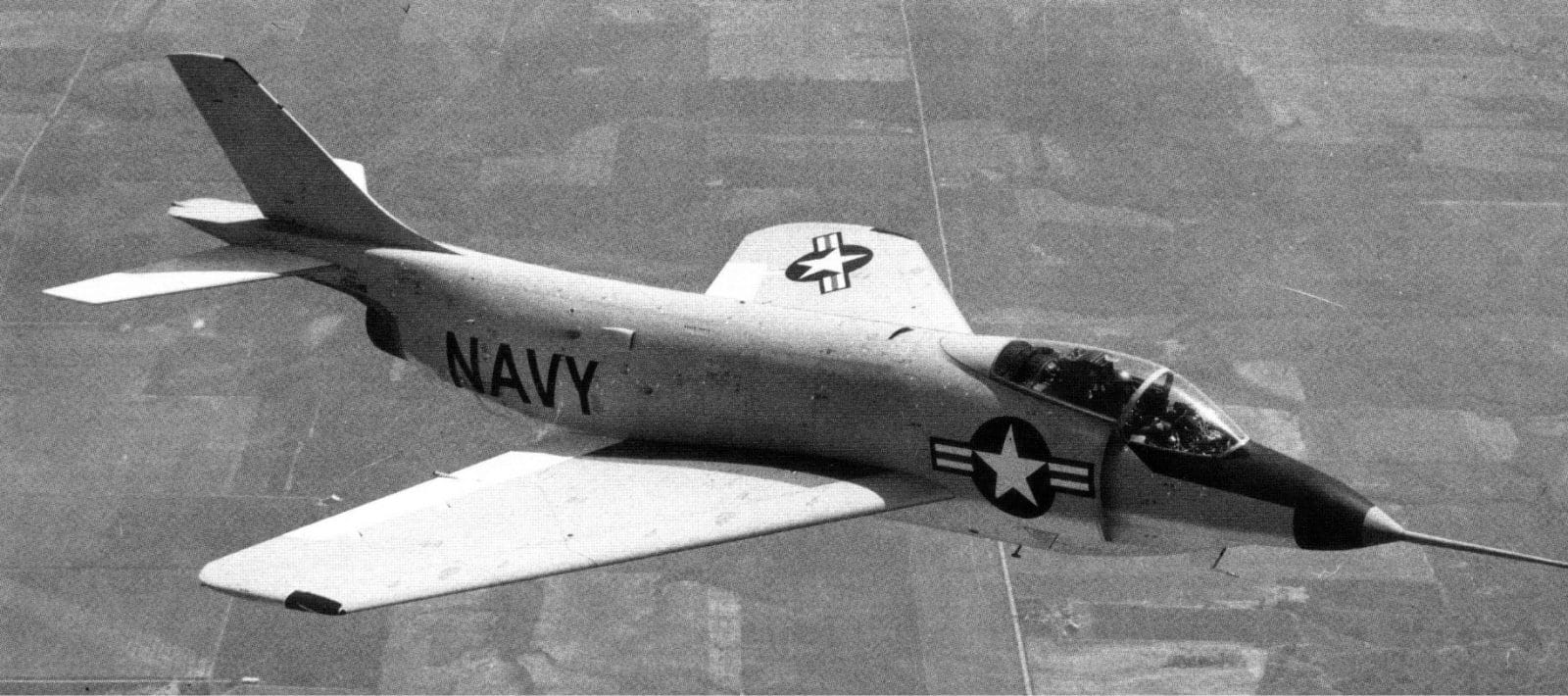
Different But Not All That Much Better
So where did that leave the Demon? The best engine solution available at the time was the J57. Hands down. But J57s were too big to fit into the F3H’s fuselage without major surgery. The replacement for the J40 ended up being the Allison J71-A-2- the same engine that (under) powered the Douglas B-66 Destroyer for the Air Force. Demons powered by J71 engines were designated F3H-2N. These were no trusty steeds either, experiencing not only engine reliability problems (flameouts and compressor stalls), but also ejection seat reliability problems. The F3H-2N, first flown in 1954, was plagued by engine problems for its entire existence. Fortunately the adoption of the Martin-Baker Mark 4 ejection seat largely resolved the seat reliability issues.
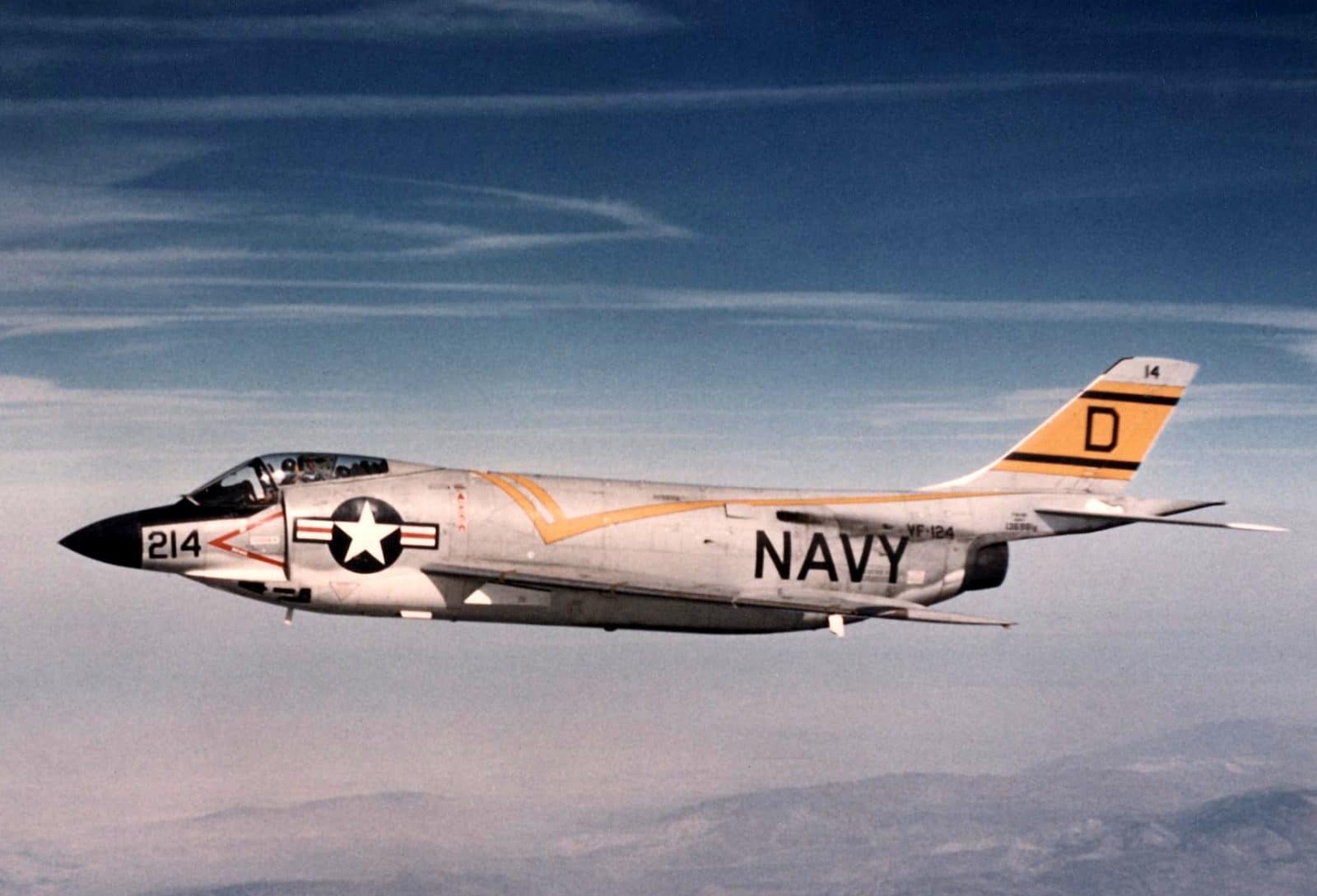

I was a demon doctor ADJ -3 in VF 161 NAS Cecil Field Fl
GREAT article! I thoroughly enjoyed it! I started my Navy enlistment at NAS Miramar in VF-53 (Pukin Dogs) 1959. We had 12 F3H-2 Demons and deployed to West Pac in USS Ticonderoga (CVA-14). We lost one aircraft and pilot to a separated purchase cable in Tico. During a day arrested landing the cable parted after wire engagement and the aircraft continued off the angle deck into the water. No ejection was initiated and the bird sank in less that two minutes with the pilot still aboard.